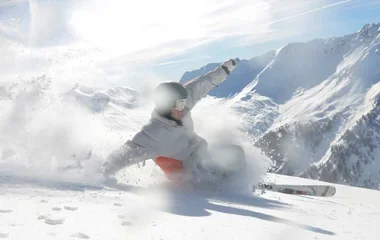
Snow serenity Club Med
Included in the price
Secure yourself a white winter sports holiday!
In case of lack of snow*, we welcome you to one of our other resorts in the Alps, free of charge. With 8 resorts in ski areas above 3000 m, Club Med can secure you a successful winter sports holiday. *see conditions
All inclusive at Club Med! More info >











